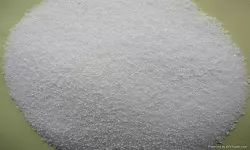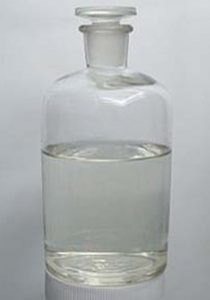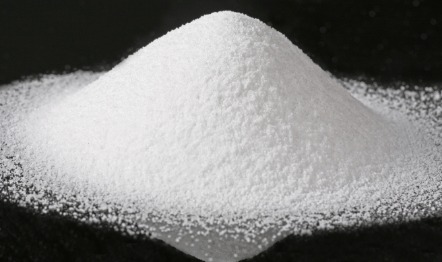Titanium Dioxide (B101 Anatase) - China
|
IUPAC Name |
: Dioxotitanium |
|
Cas Number |
: 13463-67-7 |
|
HS Code |
: 3206.11.10 |
|
Formula |
: TiO2 |
Basic Info
|
Appearance Name |
: White Powder |
|
Common Names |
: Titania; Rutile; Anatase |
|
Packaging |
: 25 Kg Bag |


---china.webp)


